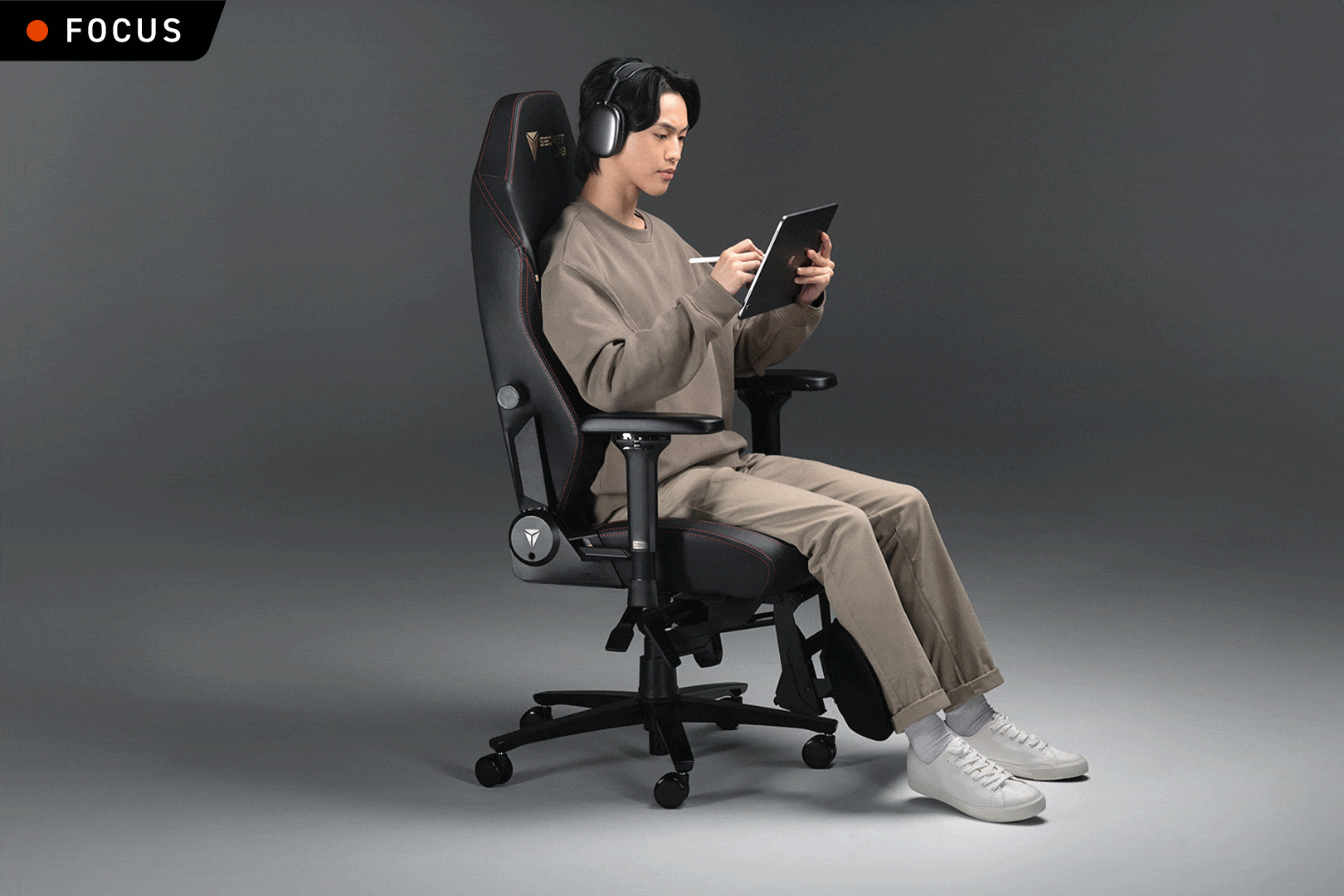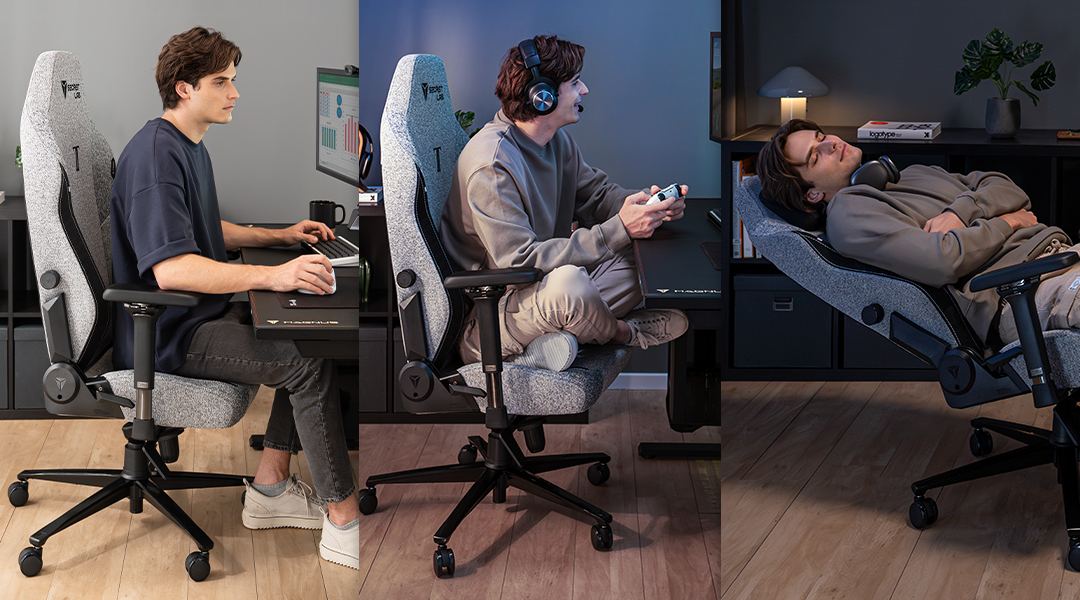
From baby boomers to Gen Z, we uncover the habits and trends that shape how different age groups spend their days — and who exactly needs to get on their feet and move more.
The time we spend seated has been on an upward trend. Urbanization, changing work patterns, and the proliferation of digital devices have caused a sharp uptick in screen time, shaping how younger generations engage in daily activities. From boomers to millennials and Gen Z, discover which generation leads the most sedentary lifestyle, and how you can reduce the time you spend sitting.

Screen time and sitting
Back in the 1970s, screen time was largely a communal activity for boomers. After work, families gathered to watch television on a single screen. The average American household consumed a mere six hours of screen time a day.
At the turn of the millennium, new technology saw teenagers trading their local arcade for a burgeoning video game industry that had sprung up in homes nationwide. Computers replaced typewriters in offices — and four out of 10 jobs became primarily desk jobs. Millennial teenagers sat for an average of eight hours per day, the highest of any age group under 60 years old at the time.
But the first-ever digital native generation was being born. Gen Zs grew up having never known a world without the internet. Entering the workforce just as the COVID-19 pandemic was reshaping workplace norms and ushering in the rise of hybrid work culture, Gen Z has grown used to the idea of no longer having to leave home for work, which means even more time spent seated. Meanwhile, computer use outside of work and school has also skyrocketed, with Gen Z teenagers and young adults increasingly glued to an assortment of screens both big and small. But this shift is not limited to just Gen Z. A 2019 study found that the average sitting time has increased by an hour a day in the past decade across all age groups — and scientists are just beginning to understand the profound health consequences this increase in screen time can have.

Which generation sits the most?
But while we’re all spending more time seated, there’s one generation that still has us all beat. Gen Z, whether it’s due to a shift to hybrid work and remote classrooms or their increasingly digital habits, are the most sedentary of the generations. They are sitting more as teenagers than millennials and boomers did at the same age, and if current trends hold, they will continue to sit more than the previous generations as they age.
In 2015, Gen Z teenagers were sitting an average of 8.2 hours a day — an increase from the seven hours teenage millennials spent sitting a day in 2007.
As research into the effects of our modern lifestyle continues, the dangers of sedentary habits, such as increased risk of cardiovascular disease and high blood pressure, are becoming even clearer.
How to live a less sedentary lifestyle
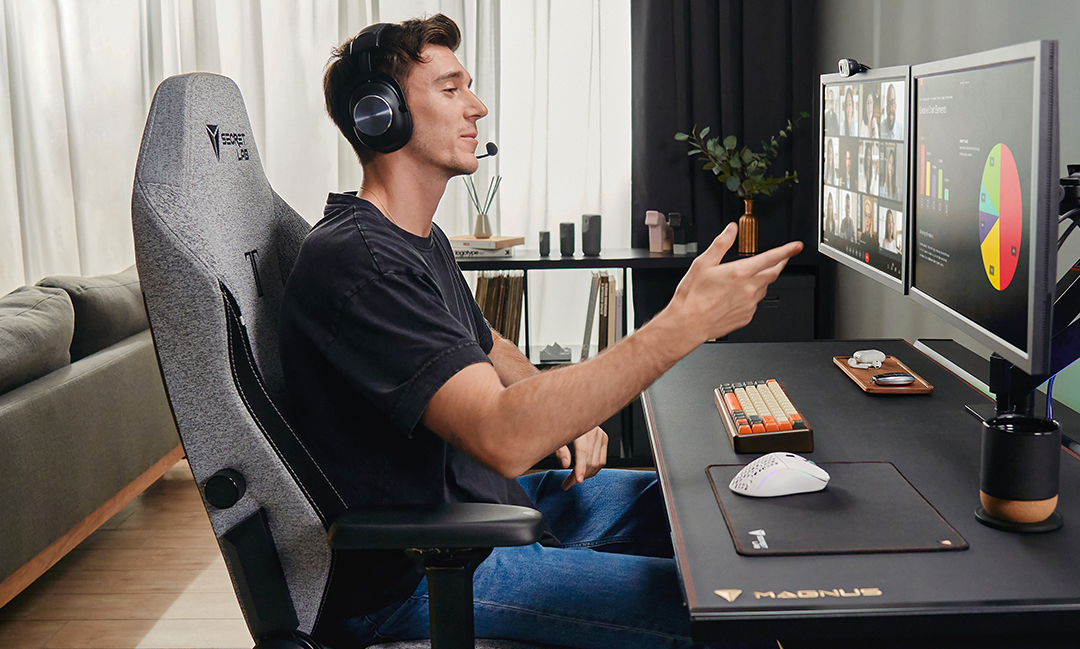
- Set limits on screen time
Don’t bring phones to the dining table or to bed. When you do have to be in front of a screen, supplementing each session with short walking breaks or stretching promotes a healthy lifestyle.
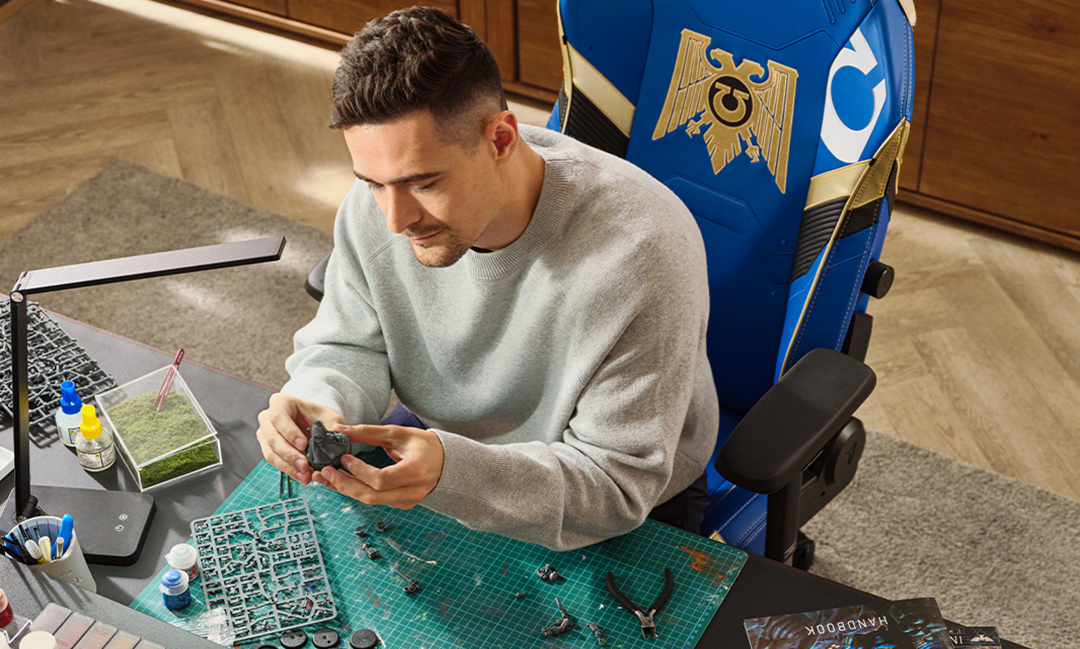
- Engage in activities and hobbies that foster physical movement and socialization
Take your family hiking and biking. Provide children with access to boardgames, books (yes, real physical books!), art supplies, and musical instruments to nurture creativity and cognitive development. These offline activities contribute to a well-rounded lifestyle and improve overall well-being.
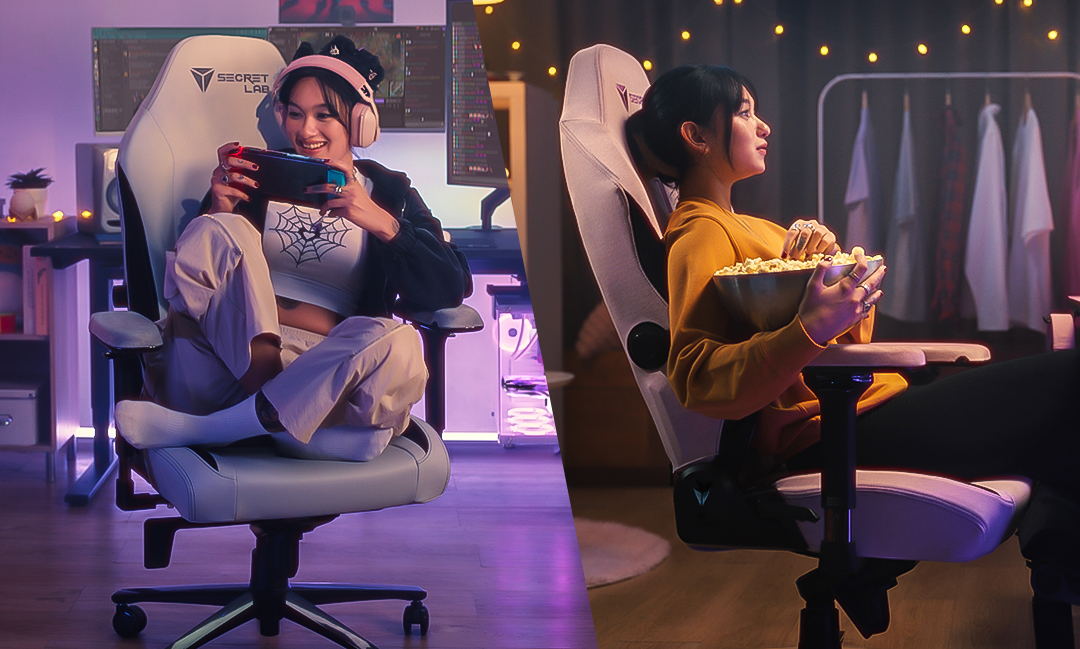
- Get a proper ergonomic chair
A supportive ergonomic chair that adapts to you promotes dynamic sitting. While traditional office chairs restrict you to one single posture, the Secretlab TITAN Evo deliberately encourages movement and supports you across multiple postures. Your body was never built to sit still. Frequent posture changes are key to preventing stress from building up in a single point, which help reduce pain and discomfort over long hours of sitting.
TITAN Evo’s medium-firm cold-cure foam also delivers supportive comfort, evenly distributes your weight for optimal pressure relief.

- Build an ergonomic setup
When you need some extra support, lumbar pillows and footrests can complement standard issue office chairs to encourage proper ergonomics. The Secretlab Lumbar Pillow Pro provides additional support for your lower back, while maintaining compatibility with the 4-way L-ADAPT™ Lumbar Support System on the Secretlab TITAN Evo. Footrests ensure your feet are firmly planted, decreasing pressure on the legs and back.
Choosing the right peripherals, like a keyboard and mouse that fit your needs, can also reduce muscle strain. More compact tenkeyless or 60% keyboards take up less space. This allows you to bring both hands closer together while typing and using your mouse — for greater ergonomic comfort. It’s also important to ensure that all your screens are at eye level for less strain. Monitor arms, laptop mounts, and desk risers can help elevate your screens to a more ergonomic height, while promoting proper posture and pain-free living.

